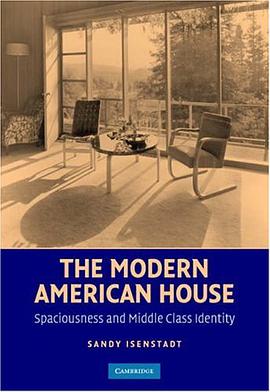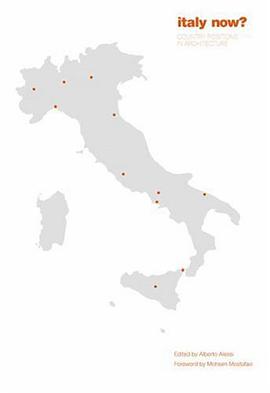

具體描述
Sandy Isenstadt examines how architects, interior designers, and landscape designers worked to enhance spatial perception in middle class houses visually. The desire for spaciousness reached its highest pitch where it was most lacking, in the small, single-family houses that came to be the cornerstone of middle class life in the nineteenth century. In direct conflict with actual dimensions, spaciousness was linked to a tension unique to the middle class - between spatial aspirations and financial limitations. Although rarely addressed in a sustained fashion by theorists and practitioners, and the inhabitants of houses themselves, Isenstadt argues that spaciousness was central to the development of modern American domestic architecture, with explicit strategies for perceiving space being pivotal to modern house design. Through professional endorsement, concern for visual space found its way into discussion of real estate and law.
著者簡介
圖書目錄
讀後感
評分
評分
評分
評分
用戶評價
相關圖書
本站所有內容均為互聯網搜索引擎提供的公開搜索信息,本站不存儲任何數據與內容,任何內容與數據均與本站無關,如有需要請聯繫相關搜索引擎包括但不限於百度,google,bing,sogou 等
© 2025 book.quotespace.org All Rights Reserved. 小美書屋 版权所有




















